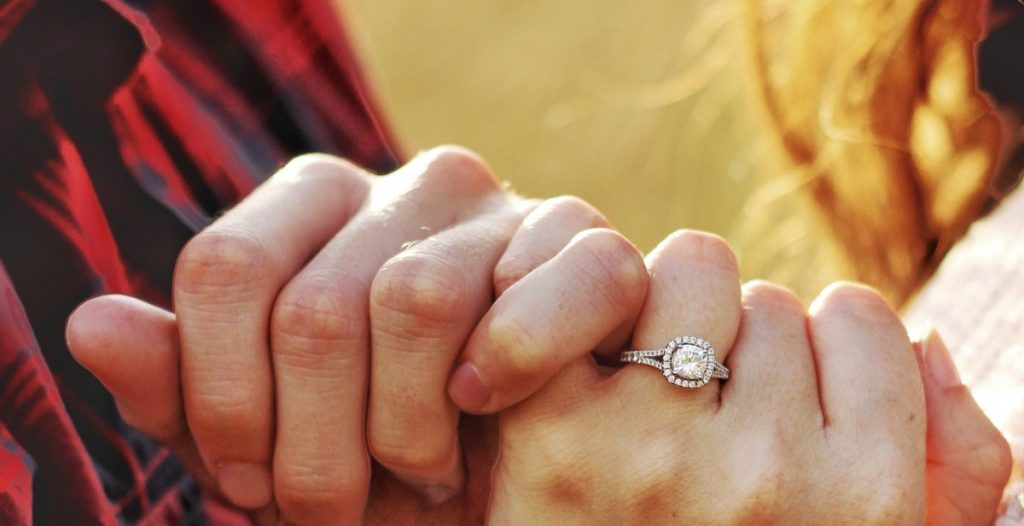Introduction: Why Engagement Ring Settings Matter
Choosing an engagement ring is one of the most important decisions a person can make. It symbolizes commitment, love and a lifelong partnership. But when it comes to buying an engagement ring, the options can be overwhelming. From the cut of the diamond to the metal band, there are numerous factors to consider. However, the most crucial aspect of an engagement ring is the setting.
The setting is the part of the ring that holds the diamond in place. It not only influences the overall appearance of the ring but also the security of the diamond. A poorly designed setting can result in a loose or lost diamond. Therefore, selecting the right setting is essential in ensuring the longevity and beauty of the ring.
There are various types of engagement ring settings available, each with its unique characteristics and benefits. In this article, we will explore the most popular engagement ring setting types and the reasons why they are so popular.
Whether you are shopping for an engagement ring or simply interested in the different types of settings, this article will provide valuable insights into the world of engagement rings.
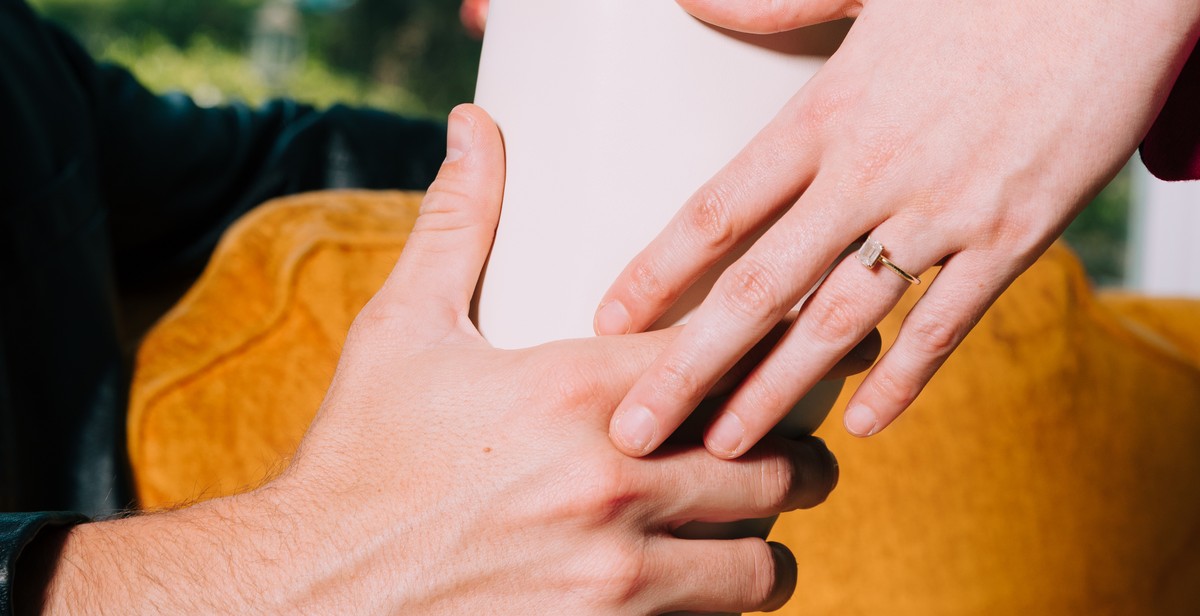
Prong Setting
A prong setting is the most popular type of engagement ring setting. It is also known as a claw setting, which is a type of setting that uses prongs to hold a gemstone or diamond in place. Prongs are small metal claws or wires that are bent around the stone, securing it in place. This type of setting exposes the maximum amount of the diamond or gemstone, allowing it to sparkle and shine.
Pros and Cons of a Prong Setting
Like any engagement ring setting, prong settings have their pros and cons. Some of the pros of a prong setting include:
- Allows maximum light to enter the diamond or gemstone, making it more brilliant and sparkly
- Keeps the stone secure and in place
- Easy to clean and maintain
However, there are also some cons to prong settings, such as:
- The prongs can catch on clothing or other materials
- The prongs can wear down over time and may need to be replaced or repaired
- May not be suitable for very active individuals or those who work with their hands
Types of Prong Settings
There are several types of prong settings, including:
| Type of Prong Setting | Description |
|---|---|
| 4-Prong Setting | The most common type of prong setting, where four prongs hold the diamond or gemstone in place |
| 6-Prong Setting | Similar to the 4-prong setting, but with six prongs for added security and stability |
| Cathedral Setting | Features prongs that are angled upwards, giving the diamond or gemstone a more elevated and prominent look |
| Flush Setting | The diamond or gemstone is set flush with the band, with the prongs hidden underneath the stone |
Each type of prong setting has its own unique look and advantages. It’s important to choose a prong setting that not only complements the diamond or gemstone, but also fits your personal style and lifestyle.
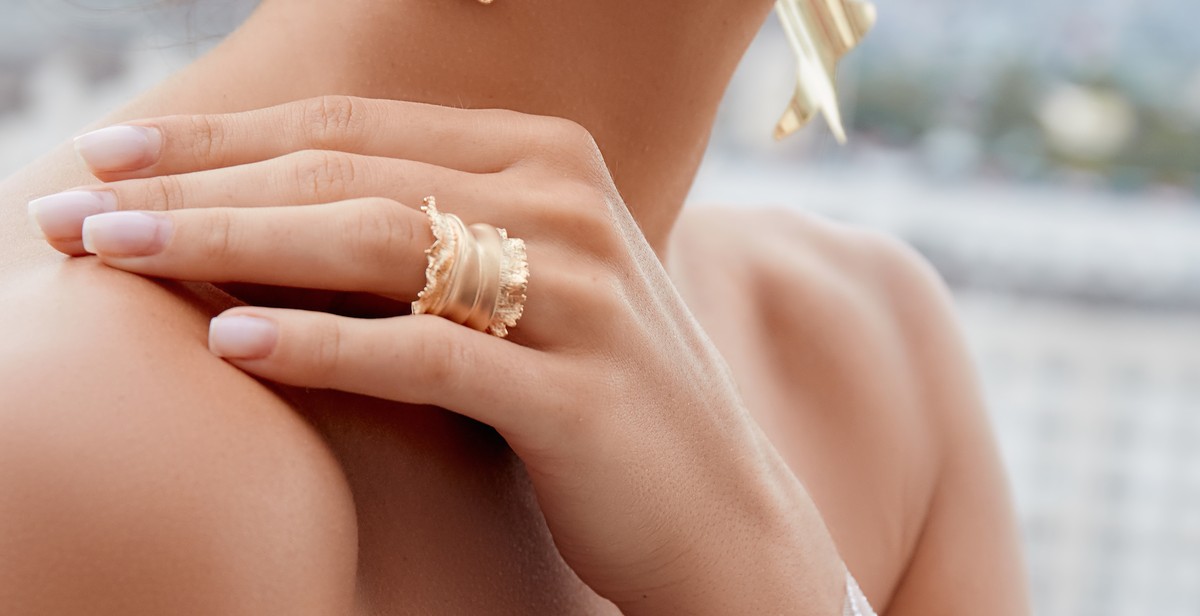
Bezel Setting
A bezel setting is a type of engagement ring setting where a metal rim encircles the center stone, holding it securely in place. The rim can be fully or partially encircling the stone, and it can be of various thicknesses and heights.
Pros and Cons of a Bezel Setting
One of the main advantages of a bezel setting is the security it provides for the center stone. The metal rim holds the stone firmly in place, preventing it from falling out or getting damaged. This makes bezel settings an excellent choice for people with an active lifestyle or those who work with their hands.
Another advantage of bezel settings is their modern and sleek look. They give the ring a contemporary and sophisticated appearance, which appeals to many people. Bezel settings also tend to make the center stone look larger and more prominent, as the metal rim creates a frame around it.
One potential disadvantage of bezel settings is that they can be more difficult to clean than other types of settings. Dirt and debris can get trapped in the metal rim, making it harder to remove. Additionally, bezel settings may not allow as much light to enter the center stone, which can affect its brilliance and sparkle.
Types of Bezel Settings
There are several different types of bezel settings, each with its own unique features and benefits. Here are some of the most common:
- Full Bezel: The metal rim fully encircles the center stone, providing maximum security and protection.
- Partial Bezel: The metal rim only partially encircles the center stone, allowing more light to enter and enhancing the stone’s brilliance.
- Flush Bezel: The metal rim is flush with the surface of the ring, creating a smooth and seamless look.
- Scallop Bezel: The metal rim is scalloped or notched, creating a more intricate and detailed appearance.
Overall, bezel settings are a popular choice for engagement rings due to their modern look and secure design. However, they may not be the best choice for everyone, depending on their lifestyle and preferences.

Pavé Setting
A pavé setting is a popular type of engagement ring setting that is designed to create an elegant and sparkling look. The word “pavé” is derived from the French word for “paved,” which describes the way that the small diamonds or gemstones are set closely together to create a seamless and continuous surface.
What is a pavé setting?
A pavé setting is a type of setting where small diamonds or gemstones are set closely together, creating a continuous surface of sparkling stones. The stones are typically held in place by tiny prongs or beads, which are barely visible to the naked eye. This setting is often used to create a halo effect around a center stone, or to add extra sparkle to the band of an engagement ring.
Pros and cons of a pavé setting
There are several advantages to choosing a pavé setting for your engagement ring. Firstly, the small diamonds or gemstones used in a pavé setting can make the center stone appear larger and more brilliant. Additionally, the continuous surface of sparkling stones can create a dazzling and eye-catching effect. However, there are also some potential drawbacks to consider. Because the stones are set so closely together, a pavé setting can be more difficult to clean and maintain than other types of settings. Additionally, the small stones can be more prone to falling out or becoming loose over time.
Types of pavé settings
There are several different types of pavé settings to choose from, each with its own unique look and feel. One popular option is the classic pavé setting, where the small diamonds or gemstones are set in a single row around the band of the ring. Another option is the French pavé setting, which features small metal beads between each stone to create a more defined and structured look. Finally, there is the micro pavé setting, which uses even smaller stones to create an ultra-sparkling and delicate look.
| Pros | Cons |
|---|---|
| Creates a dazzling and eye-catching effect | Can be more difficult to clean and maintain |
| Makes the center stone appear larger and more brilliant | Small stones can be more prone to falling out or becoming loose over time |
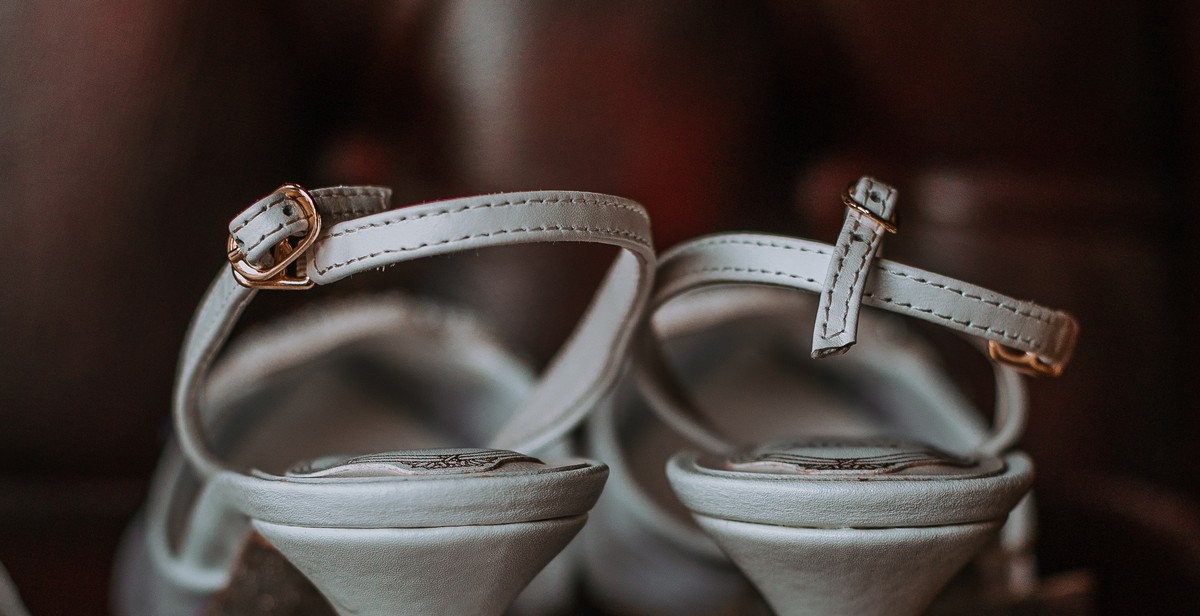
Channel Setting
A channel setting is a popular type of engagement ring setting that features a row of small diamonds or gemstones set in a channel between two metal walls. The stones are held securely in place by the walls of the channel, which also provide protection from damage or loss.
Pros and Cons of a Channel Setting
There are several advantages to choosing a channel setting for your engagement ring:
- Secure: The channel setting holds the stones securely in place, reducing the risk of damage or loss.
- Minimalist: The sleek design of the channel setting is perfect for those who prefer a minimalist look.
- Accentuates Stones: The channel setting allows the stones to be the center of attention, without the distraction of prongs or other metal settings.
However, there are also some potential drawbacks to consider:
- Difficult to Clean: The small spaces between the stones in a channel setting can be difficult to clean, making it more challenging to maintain the ring’s sparkle and shine.
- Less Versatile: The channel setting is less versatile than other settings, as it may not work well with certain stone shapes or sizes.
- Expensive: The cost of a channel-set engagement ring can be higher than other settings due to the additional labor involved in creating the channel walls.
Types of Channel Settings
There are several types of channel settings to choose from, including:
| Type | Description |
|---|---|
| Full Channel | The stones are set in a channel that runs the entire circumference of the ring. |
| Half Channel | The stones are set in a channel that covers only half of the ring’s circumference. |
| Bar Channel | The stones are separated by metal bars that run perpendicular to the channel walls. |
| Cathedral Channel | The channel walls are angled upwards, creating a cathedral-like effect. |
Each type of channel setting offers a unique look and feel, allowing you to choose the perfect style to suit your tastes and preferences.
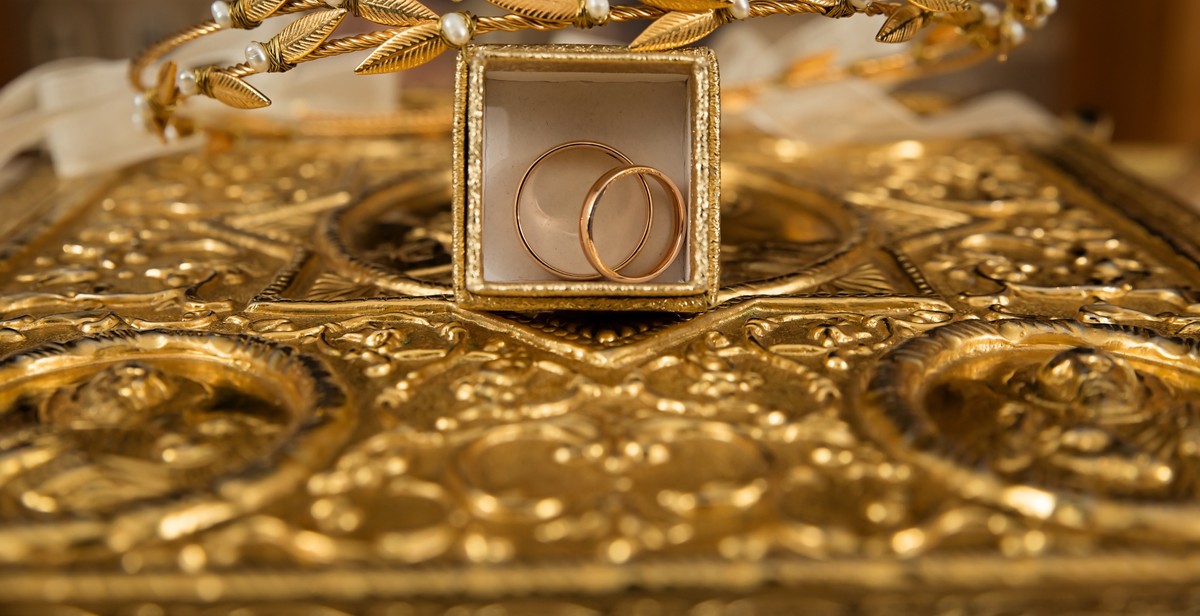
Conclusion
Choosing the perfect engagement ring setting can be a daunting task, but with the right knowledge and guidance, you can make an informed decision that will bring joy to your loved one.
As we have seen, the most popular engagement ring setting is the solitaire, followed closely by the halo and pave settings. However, it is important to remember that personal preference and style should ultimately guide your decision.
When selecting an engagement ring setting, some of the factors to consider include the durability of the setting, the type of metal used, and the diamond or gemstone size and quality. It is also important to consider the lifestyle and preferences of the person who will be wearing the ring.
Ultimately, the engagement ring is a symbol of love and commitment, and the most important thing is to choose a setting that will make your partner feel loved and cherished.
| Popular Engagement Ring Settings | Pros | Cons |
|---|---|---|
| Solitaire | Timeless, classic look that showcases the diamond | May not offer as much sparkle or visual interest as other settings |
| Halo | Enhances the size and sparkle of the center diamond | May be more difficult to maintain and clean |
| Pave | Adds extra sparkle and visual interest to the ring | May be more prone to damage or loss of small diamonds |
Overall, the engagement ring setting you choose should be a reflection of your love and commitment to your partner. By considering the factors outlined in this article, you can make an informed decision and choose a ring that will be cherished for a lifetime.

